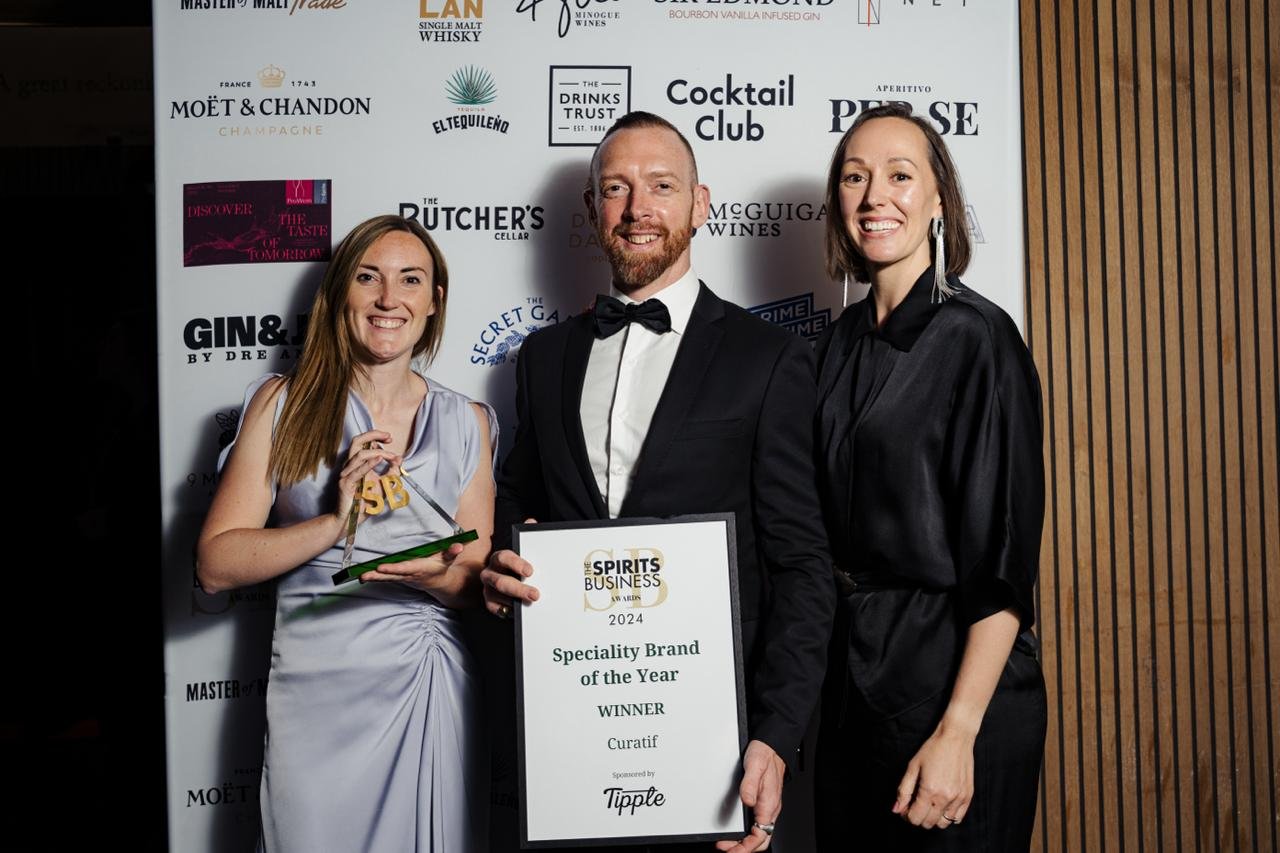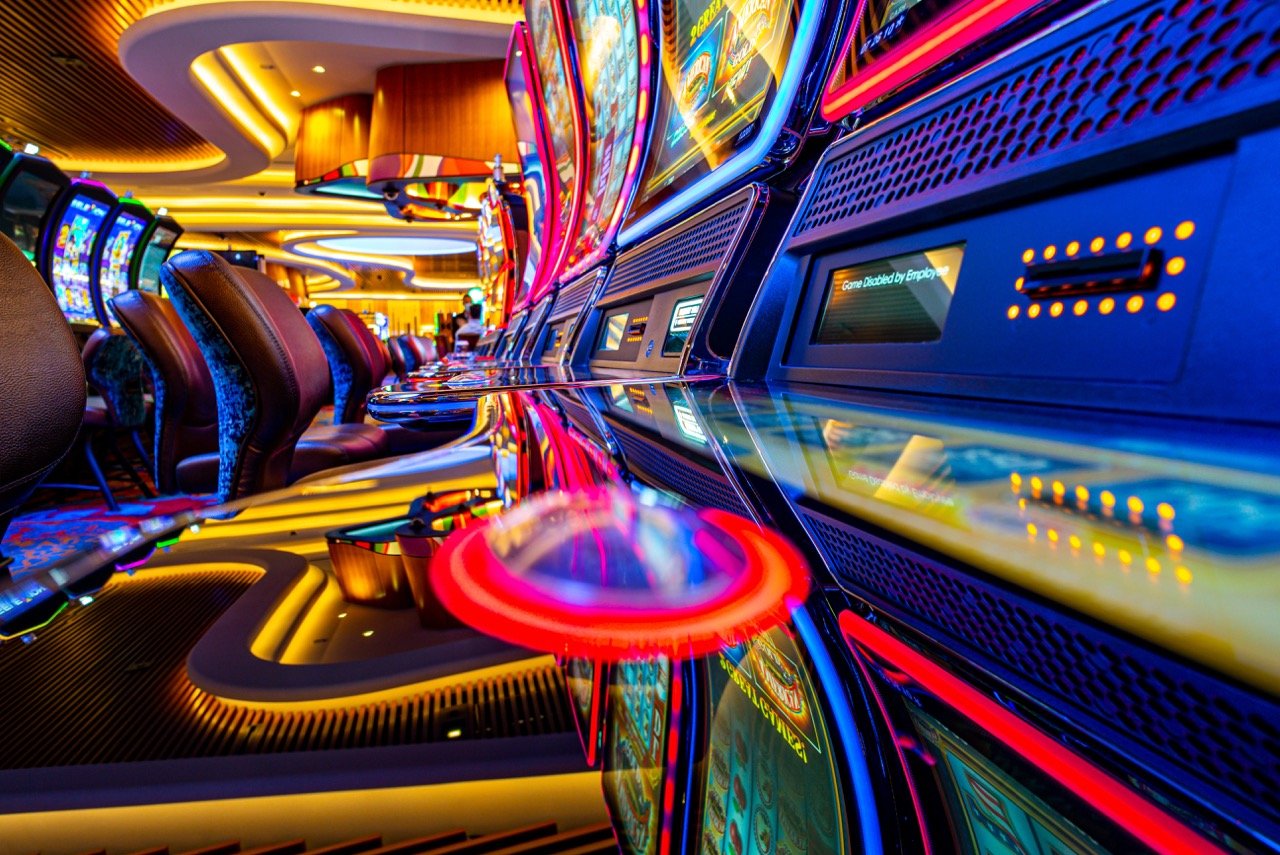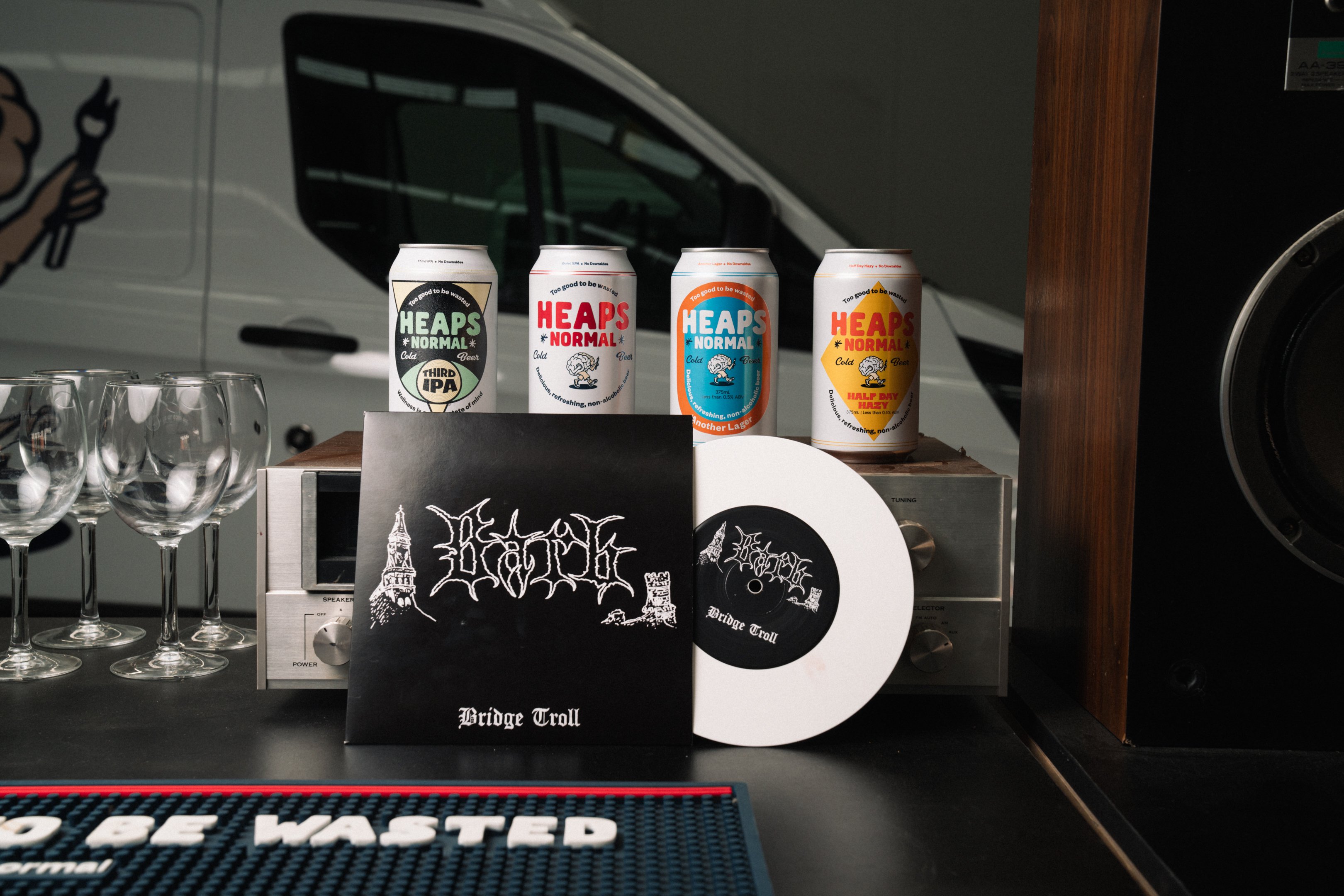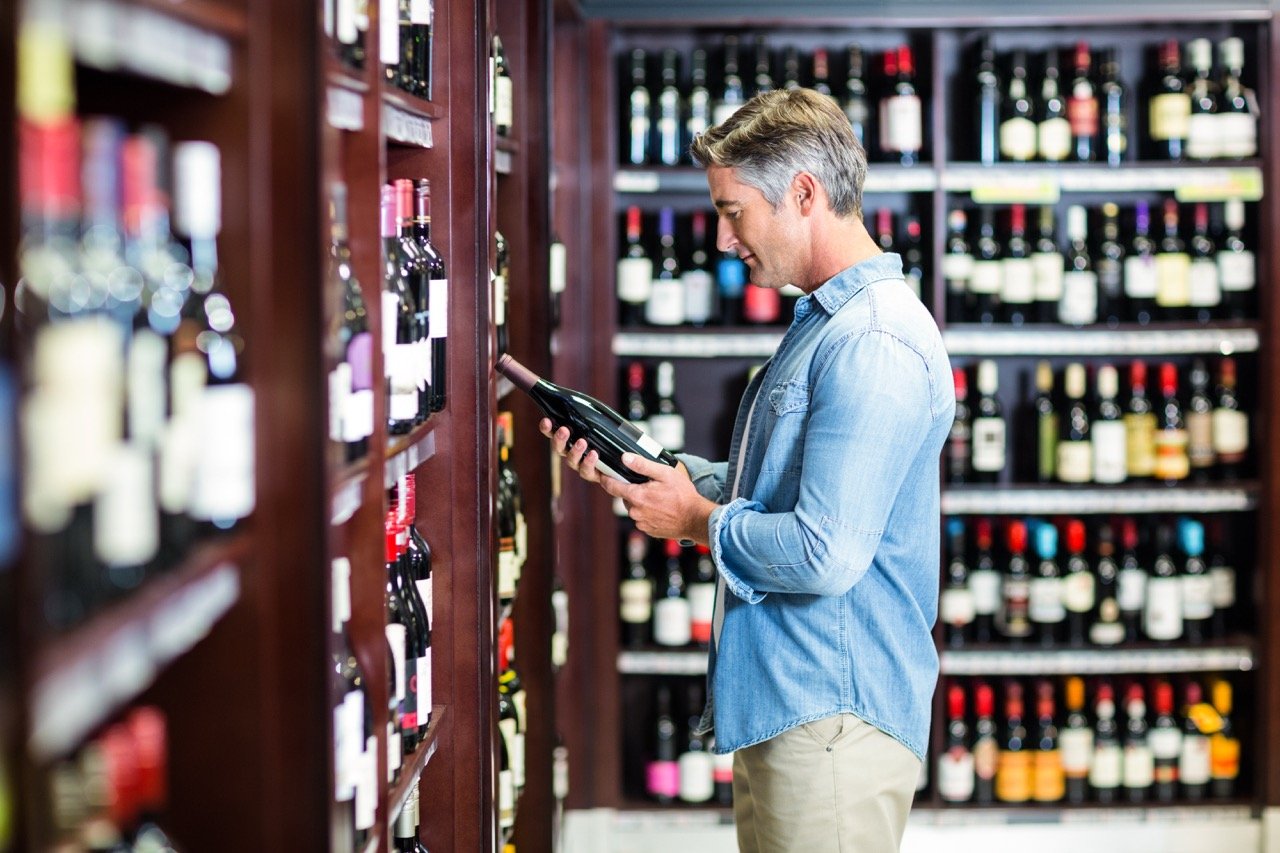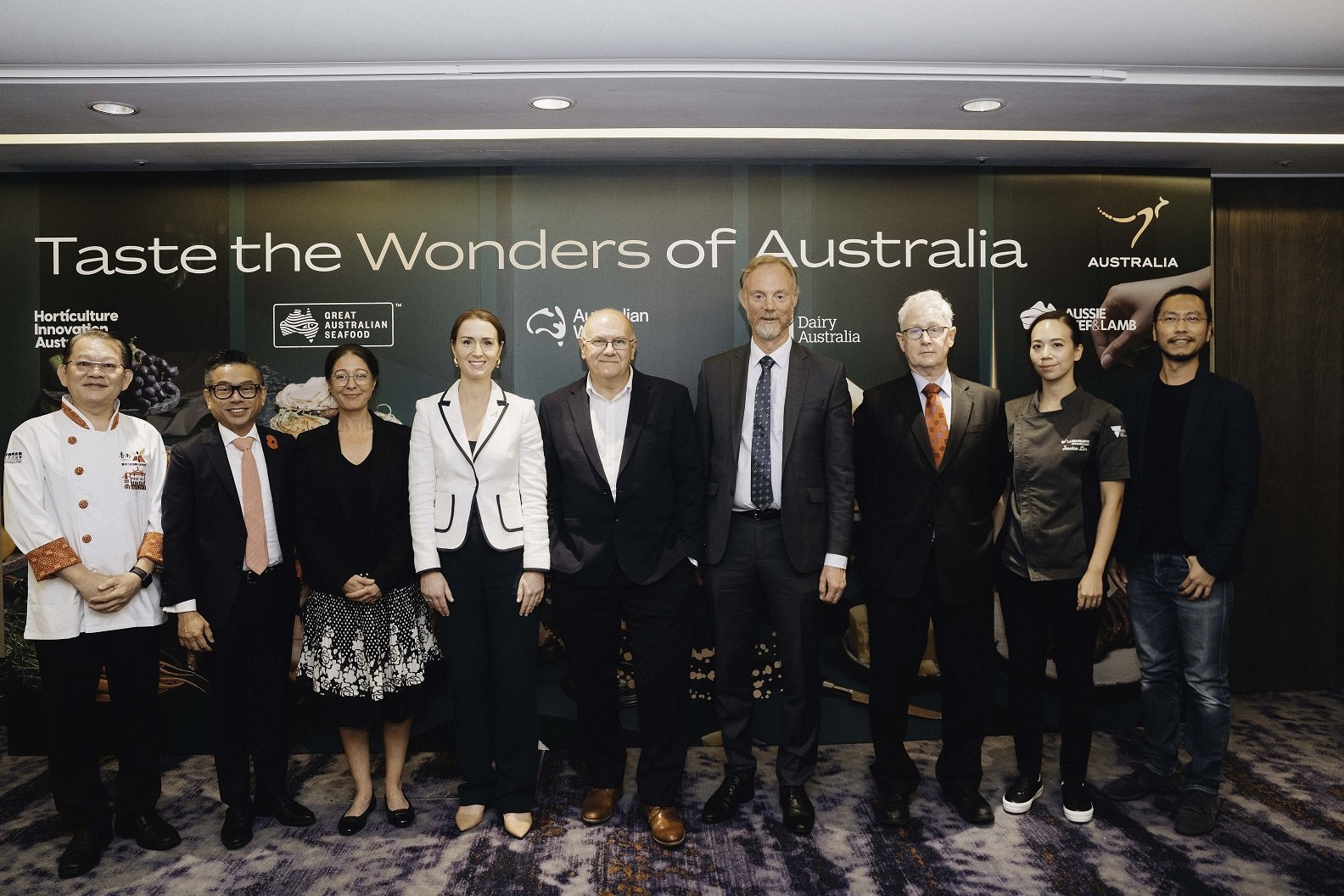Instagram influencers in Australia are no longer be able to see how many “likes” their posts have a received.
The social media platform trialled the initiative in Canada in May and has now extended it to New Zealand, Japan, Ireland, Italy and Brazil.
From today, Instagram has removed the total number of likes on photos and viewings of videos on user feeds and profiles, and permalink pages.
Facebook Australia and New Zealand director of policy Mia Garlick said Instagram should be a place where people feel comfortable expressing themselves, rather than worrying about being judged.
“We hope this test will remove the pressure of how many likes a post will receive, so you can focus on sharing the things you love,” she said in a statement.
Users will still be able to see a list of likes on their posts, just not the overall number.
A sponsored post by Micah Gianelli, for example, for Chambord received more than 21,000 likes earlier this year, but they are no longer displayed.
Instagram says the change won’t affect measurement tools for businesses and creators on Instagram, which is owned by social media giant Facebook, and all likes and engagement metrics will still be available in those tools.
A decision will be made at a later date on whether or not the update will be made permanent.
Instagram’s decision to lose the like was welcomed by Ogilvy head of digital, Jason Davey, who told CMO he believed removing visible like counts would lesson the “herd mentality” driving content engagement.
“It remains unclear whether the algorithm that determines which content appears in your feed will remain unchanged, but I’m sure Like counts factor into that,” he told CMO.
“I expect the trial to have some interesting side-effects,” he continued. “Emphasis will now move towards measuring comments; comment counting and sentiment analysis, and possibly authors sharing the number of likes on their post via the comments. #Hashtags will become more important [again] as content authors seek to understand the viral effect of their posts.
“Influencers will now need to genuinely prove their audience engagement, and bot-based likes will no longer be rewarded.”
Drinks companies will be watching avidly to see how the decision affects the influencer sphere.
In 2017, the global Instagram influencer marketing industry, which is one of the biggest alongside YouTube, was worth $1.1 billion and will hit $2.9 billion in 2019, according to Statista.
Pernod Ricard has decided a “digital-first approach” is essential to keep Millennials connected with its brand Malibu rum, together with harnessing influencers and introducing a packaging refresh.
Five years ago, Malibu started monitoring and measuring the internet’s biggest stars and made the decision to move an increasing proportion of its media and creative budget flowing to influencers.
According to DigiDay: “Before any sort of deal is struck with an influencer, the brand delves into their past for any misdemeanors, and will also scrutinize previous posts to see how fans have reacted. An influencer with between 15 million and 200 million followers is deemed a ‘mega-influencer’ by Malibu marketers, who see any branded post where the number of positive reactions is above 5% as the start of something good. That engagement rate rises to 10% for micro-influencers who tend to have more loyal and reactive audiences.”
Global marketing manager Monica Jungbeck added: “We think the brand needs to have the relationship with the influencer because we want to make sure that person buys into our brand and embraces the campaign.
“Influencers are already replacing agencies in some cases."
Is the age of the influencer over?
Engagement rates on Instagram are already approaching an all-time low, according to new research published by Mobile Marketer .
Engagement rates on sponsored posts have dropped from 4% in early 2016 to 2.4% in early 2019.
Even travel influencers, known for their high engagement rates, have seen an average drop of 3.5% year on year.
Interestingly, the engagement rate for Instagram influencers with at least 10,000 followers is steady at about 3.6% worldwide. Influencers with 5000 to 10,000 followers have an engagement rate of 6.3% and those with a following of 1000 to 5000 have the highest rate at 8.8%, according to InfluencerDB data.
Mobile Marketer puts the declining engagement rates for influencer content down to Instagram feeds getting cluttered with sponsored posts.
VicHealth declares war on alcohol influencers
In April, VicHealth revealed new research by VicHealth into the top 70 Aussie Instagram influencers and their alcohol-related content.

It found there were 477 mentions of alcohol by Australia’s top 70 Instagram influencers over 12 months, with the most mentioned brand being Aperol.
Almost three-quarters of influencers featured alcoholic drinks in their posts.
“Alcohol brands prefer to partner with mega and macro influencers to deliver an average of three posts for a sponsored campaign, which are usually in the form of the influencer posed with a bottle of the alcohol in question,” the report found.

Share the content



